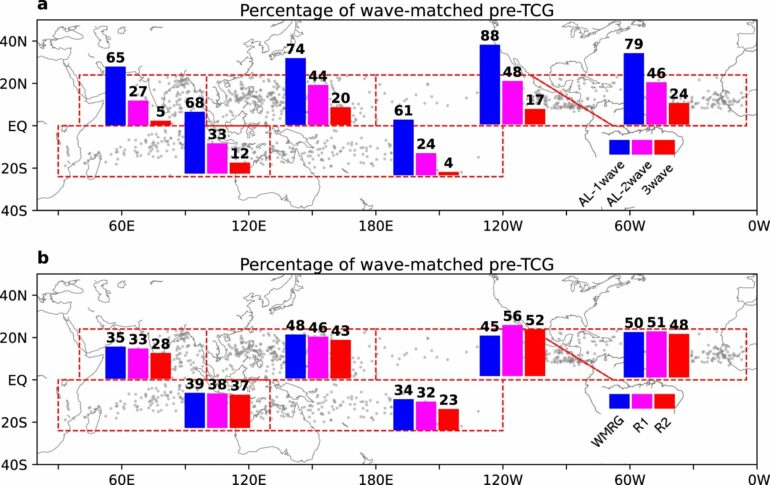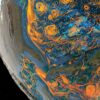Atmospheric waves trapped close to the equator can be blamed for the formation of some of the world’s most devastating tropical storms, new research has found.
Predicting tropical cyclone generation and development beyond five days had previously been a difficult task for meteorologists but now a global study, published last week in Nature Communications by a team of researchers from the University of Reading, could lead to forecasts of tropical cyclones up to 15 days in advance thanks to a new understanding of the role equatorial waves play.
The researchers found that the waves, which are pre-existing periodic ripples in the lowest level of the Earth’s atmosphere, could be used to signal over 80 percent of the strongest tropical storms on the globe. These storms can cause intense rainfall, strong winds, and storm surges and lead to immense damage to economic activity and social welfare in coastal communities, such as in South East Asia.
The experts suggest these waves could well indicate when and where the next tropical storms will form and even grow.
Dr. Xiangbo Feng, of the University of Reading’s Department of Meteorology, the National Centre for Atmospheric Science and lead author of the study, said, “Contrasting with previous studies which focused on a few storm cases by analyzing more than 3,400 observed tropical cyclones globally, our study draws the first complete image of the relationship between pre-existing equatorial waves and destructive tropical storms. With these new findings, we can extend the risk prediction for the strongest tropical storms up to two weeks ahead.”
“This is very important for families and communities living in coastal regions all over the world in helping them to prepare for some of the most dangerous weather on our planet in a longer but still actionable time window.”
“Now, based on this study, we are developing new operational forecast products for countries severely battered by hurricanes or typhoons, such as the Philippines and Vietnam, by working closely with the local weather forecast services.”
“With this, we hope the warning time of the deadliest storms affecting these vulnerable countries, such as Typhoon Haiyan in 2013, will be significantly extended, and the storm damage reduced.”
The study also helps meteorology experts understand why present numerical weather prediction systems cannot accurately predict the early risk of high-impact weather, and thus helps improve the models.
More information:
Xiangbo Feng et al, Equatorial waves as useful precursors to tropical cyclone occurrence and intensification, Nature Communications (2023). DOI: 10.1038/s41467-023-36055-5
Provided by
University of Reading
Citation:
Tropical storms signaled by atmospheric waves, study finds (2023, February 7)



